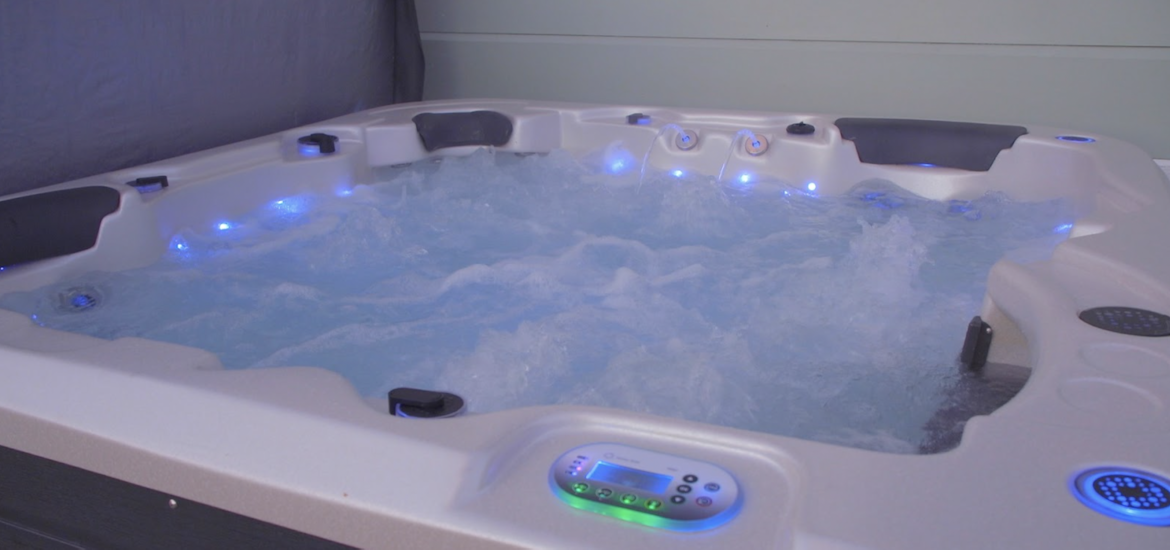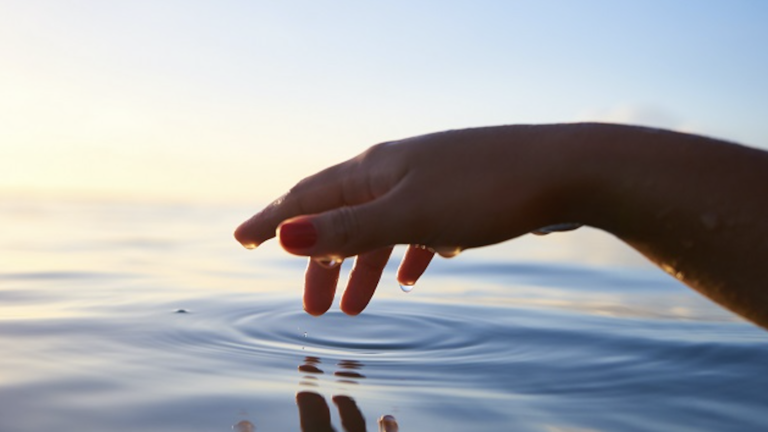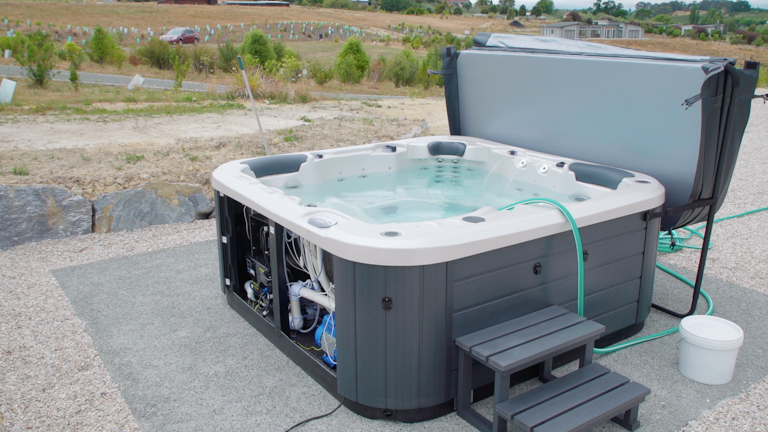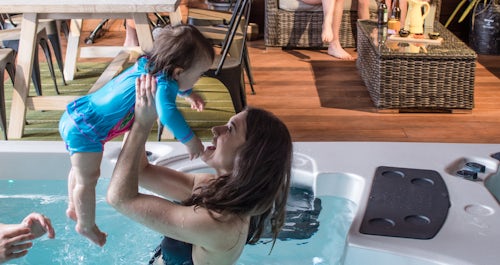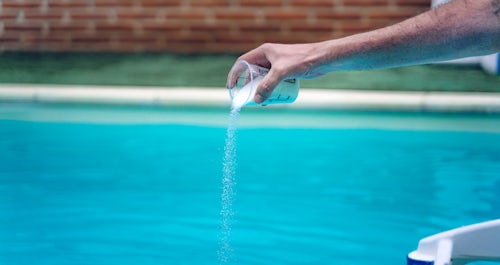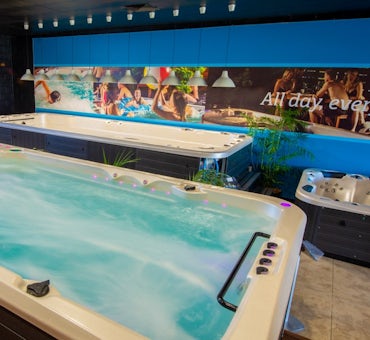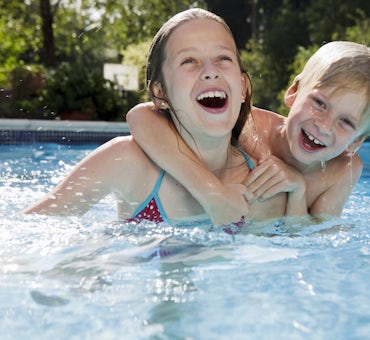Spa or hot tub owners often take their water maintenance for granted and don't give much thought to the Total Dissolved Solids (TDS) level. The higher the TDS level, the more difficult it is for the spa or hot tub to operate at peak performance.
Not only will it reduce the spa's or hot tub's lifespan, a high TDS level can also cause problems with water clarity, contribute to skin irritation, and make it harder to keep your water crystal clear.
In this article, you'll learn:
- What are TDS (total dissolved solids) in a spa pool?
- What should the TDS (total dissolved solids) level be in a spa or hot tub?
- What are the symptoms of high TDS in my spa?
- How to reduce TDS (total dissolved solids) in my spa?
- Do high TDS in my spa make my chemicals work harder?
- How do I test TDS levels in my spa?
